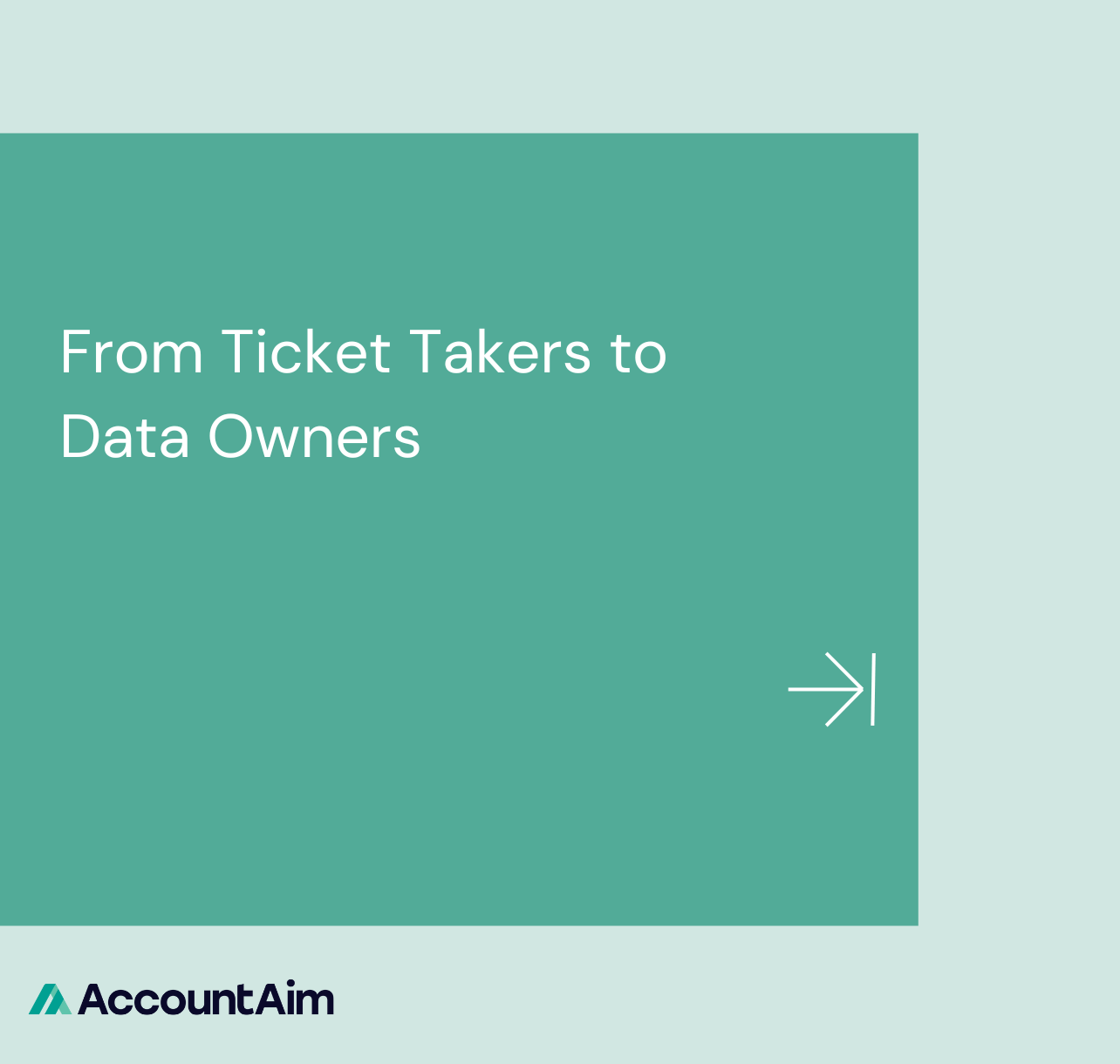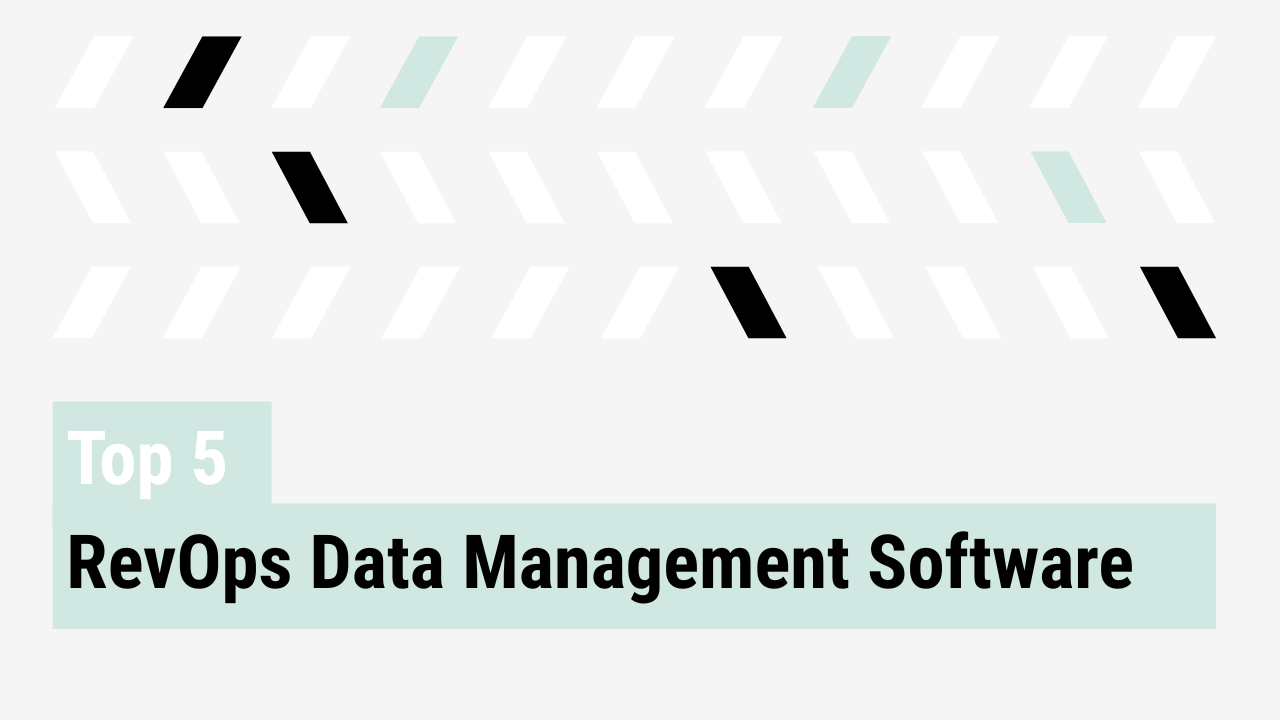If a team treats forecast accuracy as a success metric but never revisits what happened, nothing meaningful is learned. It simply results in better guessing.
Postmortems are a valuable and often overlooked component of the forecasting process. This is where you turn one quarter’s mistakes into next quarter’s edge.
Start a forecast postmortem with a simple question: How close were we?
There is no need to overengineer the process. Pull your EOQ forecast numbers (Commit, Best Case, Total) and compare them to actuals.
Build this table:
| Team | Commit Forecast | Actual Bookings | Accuracy | Notes |
| Sales Team A | $1.2M | $1.08M | 90% | 1 major deal slipped |
| Sales Team B | $900K | $1.03M | 114% | Under-forecasted Best Case wins |
Commit accuracy within +/- 10% indicates good performance. If it is worse, a deeper analysis is recommended.
Audit the outliers
Look at:
- Deals marked Commit that slipped
- Best Case opps that closed
- Any rep with more than 25% delta vs. model
Then ask:
- What signal did we miss?
- Were the forecast categories misapplied?
- Did the rep or manager override the model without support?
This process focuses on identifying patterns rather than assigning blame. If Commit accuracy tanked in one segment, maybe your stage-based win rates are off. If Best Case keeps closing, maybe your reps are sandbagging.
Update the system
The postmortem serves to explain outcomes and guide future improvements.
Make changes based on what you found:
- Adjust stage progression criteria
- Refine pipeline hygiene rules
- Update forecast definitions or training
- Tweak model weights or deal scoring logic
Document these changes in your forecast playbook and review them live with GTM leadership.
This closes the loop and enhances the system.
Repeat every quarter regardless of the outcome
A retro should be conducted even if the number was accurate.
Forecasting is probabilistic. While accuracy can occur by chance, consistency arises through regular feedback. The more disciplined your review process, the more predictable your revenue gets.
Final thoughts: The 6-step forecast system that works
Following all six steps means the process has moved beyond forecasting. You’re operating.
Here’s what the full system looks like:
- Define the forecast’s purpose: Know which audience you’re serving and what decision it powers.
- Clean the inputs: Don’t forecast off ghost pipeline or stale close dates.
- Standardize categories: Everyone should agree on what Commit means.
- Add guardrails: Use stage win rates and behavior signals to catch fiction early.
- Run a weekly rhythm: Make forecasting a team habit, a consistent quarterly process.
- Run a forecast postmortem: Learn faster than the business changes.
The emphasis is on building trust rather than achieving perfection. And trust in a forecast comes from making it predictable, explainable, and adjustable.
AccountAim was developed to support this process and reduce time spent managing spreadsheets. Book a demo to see what it looks like in action.
Learn More
See all six steps to a trusted sales forecasting framework in this blog post.



